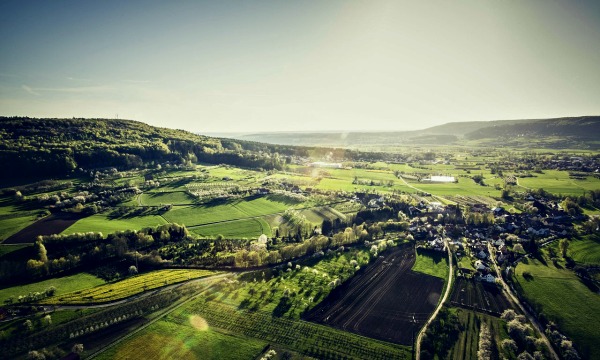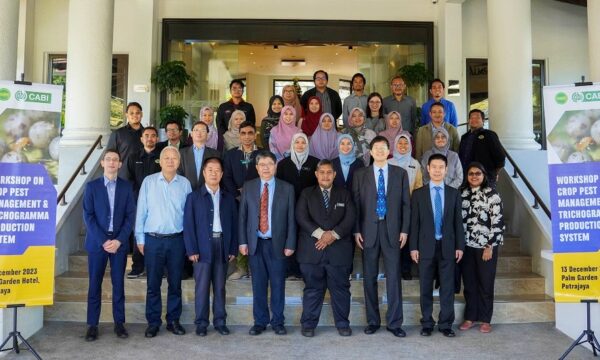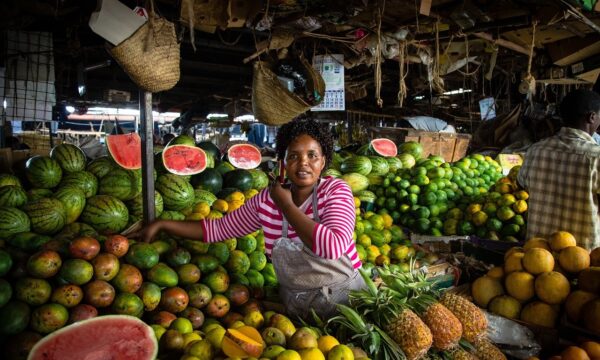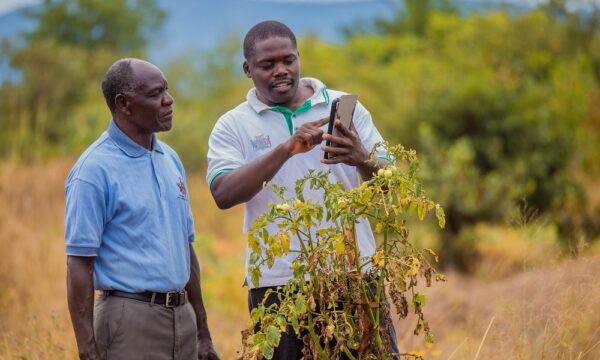A report published earlier this week by the United Nations Food and Agriculture Organisation (FAO) suggests that improving co-operation between the forestry and agricultural sectors could help to improve food security as well as reducing deforestation, highlighting the successful efforts of Chile, Costa Rica, Georgia, Ghana, Vietnam, Tunisia and the Gambia. According to the FAO, integrating land-use planning is vital to balancing land uses, supported by suitable policy instruments to promote both sustainable agriculture and forests.
The important role of forests in achieving the Sustainable Development Goals (featured in the 2030 Agenda for Sustainable Development) was highlighted at the XIV World Forestry Congress held in Durban in September 2015. In its Durban Declaration, the Congress set out a vision for the contribution of forests and forestry in achieving the 2030 Agenda. This report, titled “The State of the World’s Forests 2016” (SOFO), examines how this vision can be realised, with particular focus on the conversion of forests to agriculture, as well as from agricultural land to forest. It also provides an account of the status of forests, recent institutional and policy developments, as well as key issues facing the forestry sector.
In summary, the key messages as stated in the report, include:
- Meeting the world’s increasing demand for food and other land-based products will require highly productive landscapes that are managed sustainably.
- Forests play key roles in the water cycle, soil conservation, carbon sequestration, and habitat protection, including for pollinators. Their sustainable management is crucial for sustainable agriculture and food security.
- Agriculture remains the most significant driver of global deforestation, and there is an urgent need to promote more positive interactions between agriculture and forestry.
- The 17 Sustainable Development Goals (SDGs) agreed by countries in 2015 are “integrated and indivisible”. Progress towards sustainable agriculture, food security and sustainable forest management, core elements of the SDGs, should be made simultaneously.
- Improved coordination is required between policies on forests, agriculture, food, land use, and rural development. Equally important are clear legal frameworks governing land-use change, including secure land-tenure systems that recognize traditional customary rights to use land and forest products,
- Where large-scale commercial agriculture is the principal driver of land-use change, effective regulation of change, with appropriate social and environmental safeguards, is needed. Private governance initiatives, such as voluntary certification schemes and commitments to zero deforestation, also have a positive impact.
- Where local subsistence agriculture is the principal driver of land-use change, wider poverty alleviation and rural development measures should be implemented alongside actions to improve local agricultural, agroforestry and other land-use practices.
- Integrated land-use planning provides a strategic framework for balancing land uses at the national, sub-national and landscape scales. This should include meaningful stakeholder participation to ensure the legitimacy of land-use plans and obtain stakeholder buy-in for their implementation and monitoring.
- Food security can be achieved through agricultural intensification and other measures such as social protection, rather than through expansion of agricultural areas at the expense of forests.
The report presents case studies of seven countries that have united the aspirations of different sectors while achieving agricultural productivity and reducing deforestation. However, the challenge remains to encourage such positive trends, particularly in some low-income countries in which food insecurity and deforestation are still largely widespread.
According to the report, between 2000-2010, countries in tropical regions saw a net forest loss of seven million hectares per year and a gain in farmland of six million hectares. It added that large-scale commercial agriculture accounted for about 40% of deforestation; subsistence farming was responsible for 33%; infrastructure 10%; urban expansion 10% and mining 7%. However, there are large variations within these figures, for example, in Latin America, large-scale agriculture accounted for 70% of deforestation, but it was just one third in Africa, as small-scale agriculture was the biggest cause of deforestation.
In an interview with the BBC, Eva Muller, Director of FAO Forestry Policy and Resources Division, said “Our analysis shows that in the past 25 years, there have been more than 20 countries who have maintained or actually increased their forest cover while, at the same time, making progress towards food security. The message is that you do not have to deforest in order to achieve food security.”
Secure land tenure and effective land-use planning were among the common features of countries that were successfully delivering increased food production and reduced deforestation rates. “You need to have coordinated policies between forestry and agriculture, because in many countries the policies for agriculture are not coordinated with forestry policies at all; sometimes they even contradict one another. In countries that have achieved this there is more collaboration, improved investment in both improving agricultural production and the sustainable management of forests,” said Muller.
SOFO is produced on a biennial basis and the latest report is the first to be published since the 2030 Sustainable Development Goals were adopted, so it will be interesting to see how the recommendations provided in the report to enable better integration of forests and agriculture, will be implemented in the years to come.
Past editions of the SOFO report can be accessed on the FAO website.
Looking for further information related to forests? CABI’s Forest Science Database, available to subscribers, contains key records on all aspects of forest science from 1939 to the present. CABI’s Forestry Compendium, contains comprehensive, worldwide coverage of tropical, subtropical, temperate and boreal tree species of major economic importance and lesser-known species of local importance. It also covers, in detail, many of the pests that damage these trees. There are also 70 books on forestry available to purchase in the CABI bookshop.
Report: State of the World’s Forests 2016 (FAO)
FAO – Forestry Department website
Report: The State of the World’s Forest Genetic Resources 2014 (FAO)
Transforming Our World: The 2030 Agenda for Sustainable Development
Related News & Blogs
On Earth Day, we take a look at climate change and agriculture
Climate change poses a threat to the livelihoods of smallholder farmers, exacerbating existing risks like extreme weather and the migration of crop pests and diseases that threaten food security. Already, the climate crisis is accelerating biodiversity…
22 April 2024





